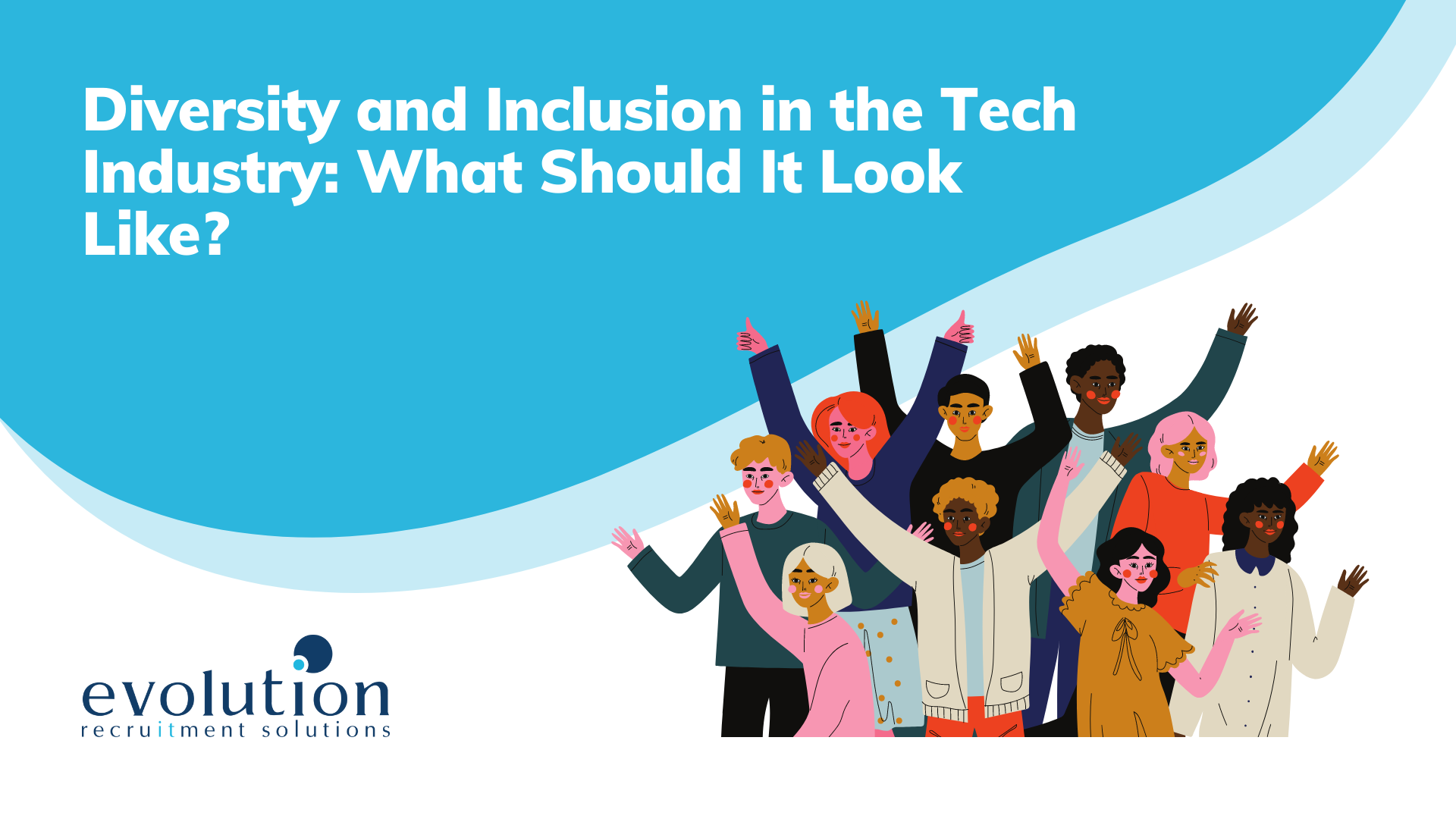
Diversity and inclusion in the tech industry have been a talking point for a long time. The tech field has been dominated by white men for decades and – although there has been some improvement in recent years – it still has a long way before it reaches equity.
Women, people of colour, members of the LGBTQ+ community and other underrepresented groups have typically found it harder to break into an industry where they have limited representation, and the historical barriers in place are proving difficult to tear down.
As well as the social value that comes from a diverse workforce, there is business value there too. Why? Well, it has been shown that diverse teams are simply better at problem solving – because of their diverse experiences. Products built by diverse teams appeal to more people, opening up a wider market.
Diverse workforces bring with them more skills (and don’t just think about technical skills here, though that is the case too – often overlooked soft skills are far higher in diverse teams), better productivity, increased creativity and improved cultural awareness.
However, despite these many benefits, tech companies have struggled to attract the diversity they need.
Many plans to improve diversity and inclusion within tech companies start with attraction. Whilst this is important, it is vital not to end the plan there – retention is just as key. Here are some ways tech companies can improve their diversity and inclusion:
It should go without saying that employing someone because they are a friend of a friend is not the best way to garner a diverse workforce. Instead, create a recruitment policy that focuses on diversity. This may include advertising on job boards that specialise in diversity, utilising recruiters who focus on diversity and implementing practices at CV review and interview stages that combat unconscious bias.
With the majority of tech company boards being made up of white men, it is no surprise that many diversity policies fail to make an impact. Use the experiences of a diverse range of people to inform and guide your diversity policy.
There are many things that can be done to ensure that a workplace is welcoming to everyone. Making sure that employees have had diversity training, setting up an inclusion council and offering diverse mentorships will all help. However, just as important is having strict anti-discriminatory policies. A zero-tolerance approach to discriminatory actions or language will help to ensure that all employees feel comfortable in the workplace.
Diversity policies not working? Ask the people that they are there to help. Actively seeking out feedback from employees will help to hone policies and ensure that they are fit for purpose.
To learn more about diversity and inclusion in tech from those on the front line, listen to the Evolution Exchange podcast. We talk to tech leaders from across the Nordics on topics such as How to Recruit for Diversity and Inclusion.